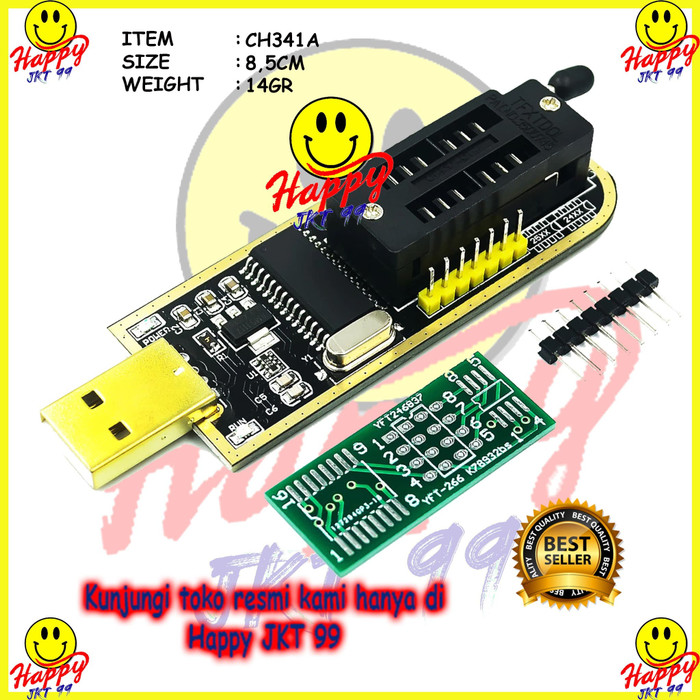
- #27 SERIES EEPROM PROGRAMMER COPIER HOW TO#
- #27 SERIES EEPROM PROGRAMMER COPIER GENERATOR#
- #27 SERIES EEPROM PROGRAMMER COPIER SERIAL#
- #27 SERIES EEPROM PROGRAMMER COPIER MANUAL#
- #27 SERIES EEPROM PROGRAMMER COPIER BLUETOOTH#
If you modify a normal game cartridge you can only run games with the same /Layout/. There are some reproduction boards available for SNES like the Devolution board: Posted in Nintendo Hacks Tagged cartridge, eprom, game, memory, nintendo, rom, snes, super Post navigation And, if you’re more youthful than those of us that grew up in the 16-bit era, there’s a pretty decent homebrew community that has sprung up around the Nintendo DS and 3DS, too.

If you don’t have an SNES lying around, it’s possible to perform a similar end-around on a Sega Genesis as well. runs us through all of the steps to get an Arduino set up to program these types of memory, and then puts it all together into a Super Nintendo where it looks exactly like the real thing. Even though most programmers are pricey, it’s actually not that difficult to write bits to this type of memory. Normally this type of hack involves finding any cartridge for the SNES at the lowest possible value, burning an EPROM with the game that you really want, and then swapping the new programmed memory with the one in the worthless cartridge. The only limit is usually the cost of an EPROM programmer, but has that covered now with his Arduino-based SNES EPROM programmer. While some effort is made to keep people from slapping a modchip on an Xbox or from running an emulator for a Playstation, it’s almost completely impossible to stop some of the hardware hacking that is common on older cartridge-based games. A)ĬDCE(L)9xx Performance Evaluation Module (Rev.Most video game manufacturers aren’t too keen on homebrew games, or people trying to get more utility out of a video game system than it was designed to have.
#27 SERIES EEPROM PROGRAMMER COPIER MANUAL#
A)ĬDCE(L)9XX & CDCEx06 Programming Evaluation Module Manual (Rev. VCXO Application Guideline for CDCE(L)9xx Family (Rev.
#27 SERIES EEPROM PROGRAMMER COPIER HOW TO#
Timing is Everything: How to optimize clock distribution in PCIe applications How to select an optimal clocking solution for your FPGA-based designĬlocking sampled systems to minimize jitter
#27 SERIES EEPROM PROGRAMMER COPIER GENERATOR#
View all 12ĬDCE(L)913: Flexible Low Power LVCMOS Clock Generator With SSC Support for EMI Reduction datasheet (Rev. It operates within a temperature range of –40☌ to 85☌. The CDCEx949 operates in a 1.8-V environment. Three programmable control inputs, S0, S1 and S2, can be used to control various aspects of operation including frequency selection, changing the SSC parameters to lower EMI, PLL bypass, power down, and choosing between low level or 3-state for the output-disable function.
#27 SERIES EEPROM PROGRAMMER COPIER SERIAL#
All device settings are programmable through the SDA and SCL bus, a 2-wire serial interface. It can be reprogrammed to a different application configuration before PCB assembly, or reprogrammed by in-system programming. It is preset to a factory-default configuration. The device supports non-volatile EEPROM programming for easy customization of the device to the application. This is a common technique to reduce electro-magnetic interference (EMI).īased on the PLL frequency and the divider settings, the internal loop-filter components are automatically adjusted to achieve high stability, and to optimize the jitter-transfer characteristics of each PLL. SSC can be Center-Spread or Down-Spread clocking. The deep M/N divider ratio allows the generation of zero-ppm audio or video, networking (WLAN, BlueTooth™, Ethernet, GPS) or Interface (USB, IEEE1394, Memory Stick) clocks from a reference input frequency, such as 27 MHz.Īll PLLs support SSC (Spread-Spectrum Clocking). Additionally, an on-chip VCXO is selectable, allowing synchronization of the output frequency to an external control signal, that is, a PWM signal. The value of the load capacitor is programmable from 0 to 20 pF. If an external crystal is used, an on-chip load capacitor is adequate for most applications. The input accepts an external crystal or LVCMOS clock signal. The CDCEx949 has separate output supply pins, V DDOUT, 1.8 V for the CDCEL949, and 2.5 V to 3.3 V for CDCE949. Each output can be programmed in-system for any clock frequency up to 230 MHz, using up to four independent configurable PLLs. They generate up to 9 output clocks from a single input frequency. The CDCE949 and CDCEL949 are modular PLL-based low cost, high-performance, programmable clock synthesizers, multipliers and dividers.
#27 SERIES EEPROM PROGRAMMER COPIER BLUETOOTH#



 0 kommentar(er)
0 kommentar(er)
